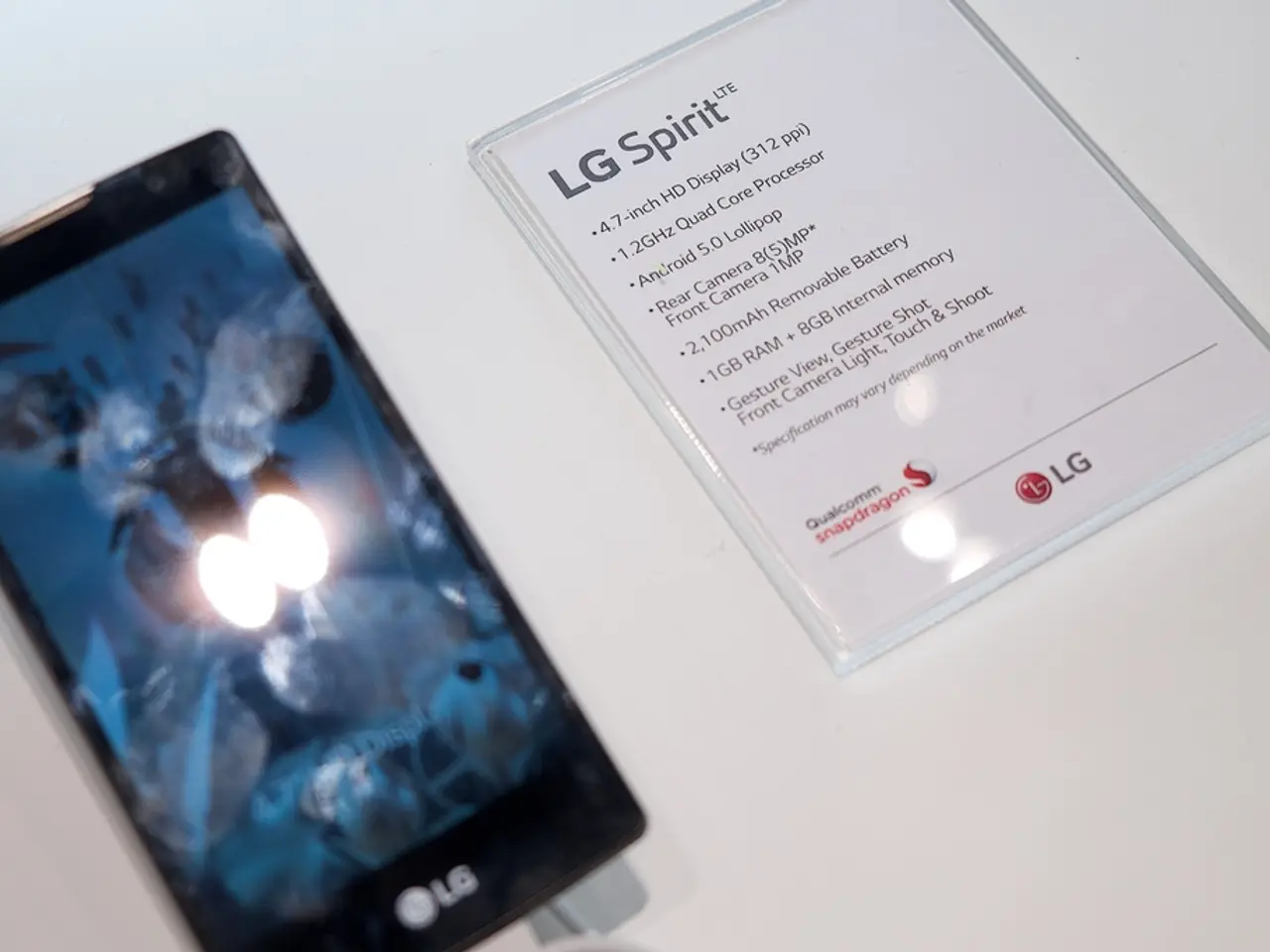iPhone's foldable model piques interest amid Samsung's lead in the market
In the world of smartphones, the race for innovation never ends. With Samsung, Oppo, and Google already venturing into the foldable phone market, the question on everyone's mind is what Apple has up its sleeve. Despite the delay in entry, it seems that Apple is taking a measured approach to ensure a premium device with a refined user experience and seamless hardware-software integration.
Apple's predicted launch of a foldable iPhone in 2026 is primarily due to its focus on meeting its own high standards for design, durability, and user experience. The device is rumoured to feature a crease-free 7.8-inch book-style inward-folding display, a thin and strong titanium chassis, a durable hinge using Liquid Metal, and integration of Touch ID. These features require more time to develop and perfect, contributing to the delay.
Technological readiness also plays a significant role. Foldable phones available now often have compromises in slimness, weight, and energy efficiency that Apple considers unacceptable. The company has been slow to adopt foldable technology until these aspects reach its standards, aiming for a product that is both premium and reliable.
Apple's market strategy is clear. The company plans a high-end foldable iPhone priced around $1,999, targeting a premium segment and a significant new market opportunity estimated at $65 billion. The company appears to want to ensure a compelling, standout product to reinvigorate iPhone sales, which have slowed, rather than rushing into the foldable market early.
Software integration is another crucial aspect. Apple is preparing iOS 27 to support foldable-specific features, indicating that software enhancements tailored to foldables are part of the rollout plan and require time to develop alongside hardware.
The delay relative to other brands is driven by Apple’s commitment to a premium device with a refined user experience and seamless hardware-software integration rather than being first to market with foldable technology.
The rumoured foldable iPhone is expected to have a 7.76-inch inner OLED display and a 5.49-inch outer screen. Other rumours suggest an integrated touch sensor in the display panel and a high resolution of 428 pixels per inch (PPI), higher than the iPad mini and the latest Samsung Galaxy Fold.
However, the under-screen selfie camera is not expected to be a feature of the potential foldable iPhone. It's unclear if the foldable iPhone will use a hybrid operating system, combining iOS and iPad OS. Several decisions regarding the foldable iPhone, such as screen refresh rate and software functionality, have not yet been revealed.
Apple introduced OLED display technology to its smartphones in 2017 with the iPhone X. Greater investment from foldable display component suppliers like Fine M-Tec is improving their processes to allow for crease-free displays. If the foldable iPhone (or whatever it will be called) does emerge in 2026, production will likely ramp up in the early part of the year, leading to more leaks.
As the foldable phone is considered one of the last major smartphone design shifts, the answers to these questions will be intriguing. All brands will eventually join the market, making the foldable phone one of the last major battlegrounds in the smartphone industry.
- Apple's predicted foldable iPhone, set to launch in 2026, will include advanced features like a crease-free 7.8-inch book-style inward-folding display, a thin titanium chassis, a durable hinge using Liquid Metal, and Touch ID, which require more time for development and perfecting.
- Software integration is a significant aspect of Apple's foldable iPhone, as the company is preparing iOS 27 to support foldable-specific features, indicating that software enhancements tailored to foldables are part of the rollout plan.




